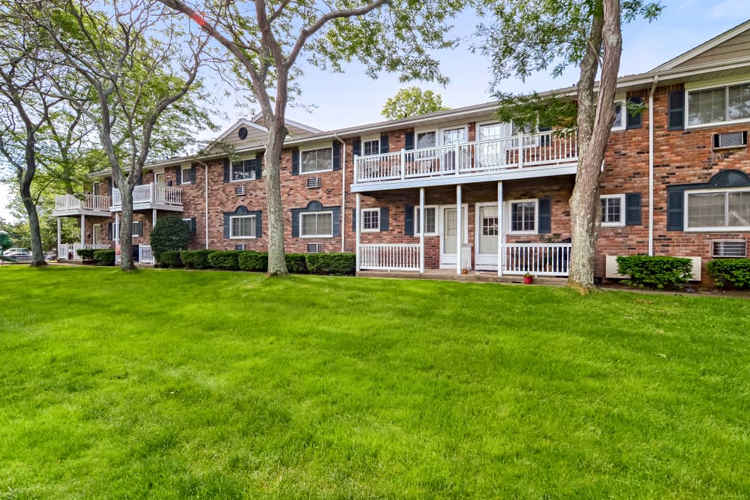Bohemia
Get to know Bohemia
Bohemia was home to the city’s largest group of street musicians. This was because, in times like those, work was hard to find. Most jobs weren’t available to the majority. And so, many men opted for music.
Since the first Europeans to come to Bohemia were Czech, the town’s developments showcase Czech descent. Bohemia began growing and flourishing after World War 2.
The Europeans who migrated to Bohemia were skilled in cigar-making, and the town followed suit. Bohemia became home to large cigar-making factories that aided in the homes of many residents. The cigar-making industry helped create jobs, and Bohemia became known for this.
The industry was in full action until the 1930s when more mechanisms crossed over and left-hand manufacturing was at an all-time low. Demand also began to decrease and slowly came to an end. Today, none of the factories remain.
Now, Bohemia is full of bagel shops and markets that help accommodate newer generations. Teenagers enjoy walking to nearby markets and even attending high-rated schools. Families living here are happy and fulfilled by the community lifestyle Bohemia offers.
If you are thinking of moving here, Zavza Seal is at your service for all kinds of home renovations. Get in touch today and get a free estimate for your home.
Nearby Neighborhoods:
Bohemia History & Culture
The area was founded as Bohemia in 1855 by Slavic immigrants who were the first Europeans to settle there in large numbers. These migrants came from a mountainous village near Kadaň in the Central European Kingdom of Bohemia, which is the town’s namesake (Kadaň is located in present-day Czech Republic). Their pilgrimage coincided with a wave of Bohemian nationals emigrating to the United States, many of whom embodied the free spirited and enlightened lifestyles synonymous with bohemianism. They had taken part in the widespread revolutions against autocratic rule that had shaken Europe in 1848 and came seeking a new life in the United States. Work was hard to come by in New York and many of the men tried to support themselves as street musicians. An important contribution they made to the development of Long Island was adding their rich Central European folklore to the local culture, a nice complement to the also rich oral tradition of the native people. Many of the first homes they built are located on the town’s avenues and are distinguished by their cross gable roofs.
For 100 years, Bohemia remained a very small village most of whose residents were of Czech descent. With the development of all of Long Island after World War II, Bohemia also grew. At the time of the centennial in 1955, the population was about 3,000. Today there about 11,000 inhabitants from many national and ethnic backgrounds.

